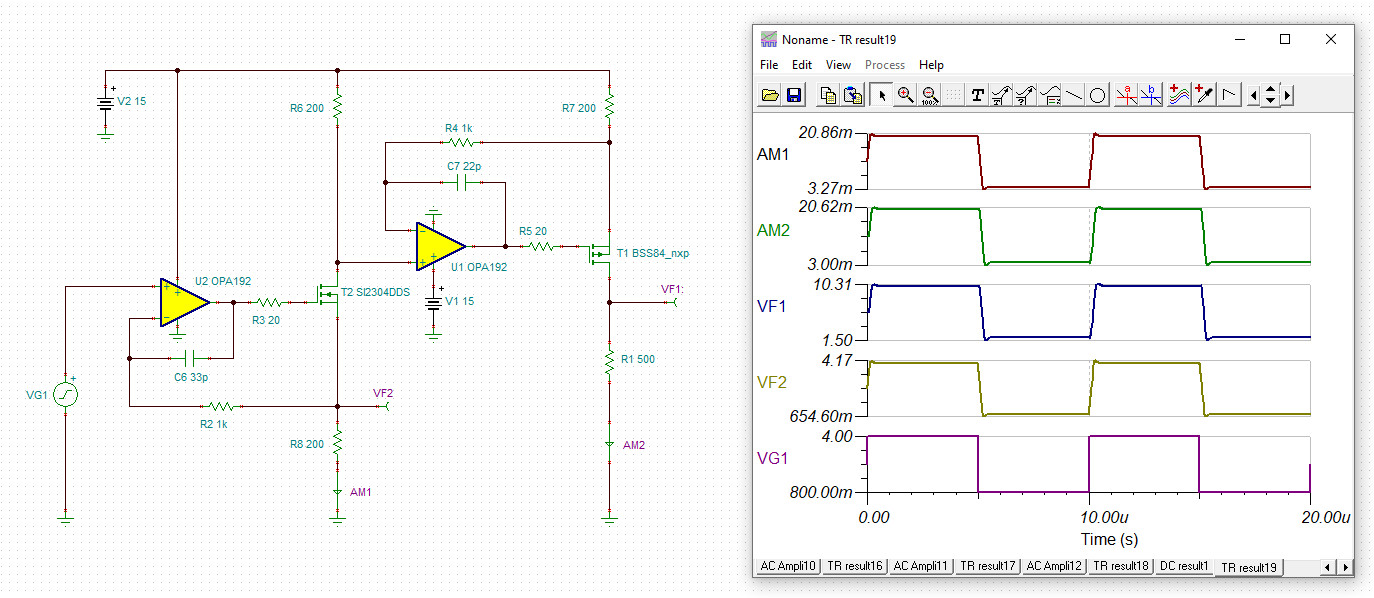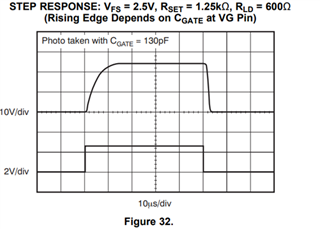Other Parts Discussed in Thread: OPA2197, OPA2192
Hi all
My customer has started a project where they are evaluating the XTR111, they have these specs:
Input signal: 1V ... 4.5V, bandwidth 200kHz
Using the EVM they find that the bandwidth is limited to 20kHz, even after removing some passive filtering components such as C3 and C4.
How should they proceed to get to the required 200kHz ?
Best regards
Ueli
---------------------------------








